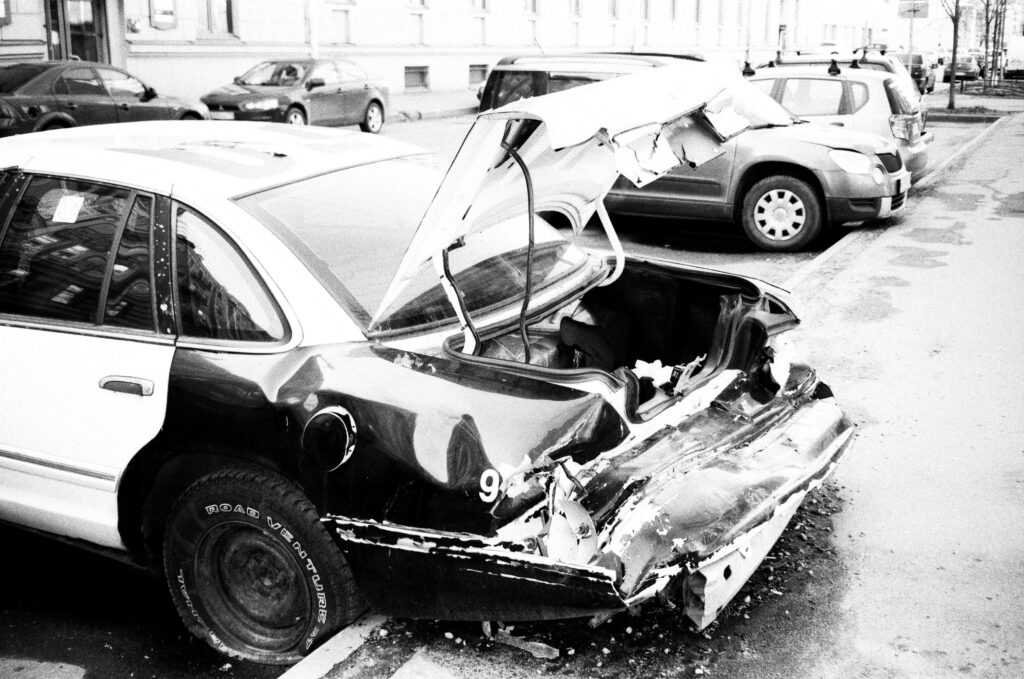Safety has always been a top priority in the automotive industry. Over the years, manufacturers have invested heavily in new technologies to make driving safer, reducing accidents and enhancing passenger protection. But safety isn’t just about the latest tech—it’s also about awareness, maintenance, and understanding how vehicles respond in different conditions.
From advanced driver assistance systems (ADAS) to emergency rescue tools like Holmatro’s hydraulic spreaders, the world of automotive safety has evolved significantly. Let’s explore how modern vehicles integrate safety, the role of maintenance, and what every driver should know to stay protected on the road.
Advanced safety technologies in modern vehicles
Today’s cars are packed with technology designed to prevent accidents before they happen. Some of the most notable safety features include:
- Automatic emergency braking (AEB): Sensors detect potential collisions and apply brakes if the driver doesn’t react in time.
- Lane departure warning and lane-keeping assist: These systems alert drivers when they drift out of their lane and can even steer the car back to safety.
- Blind-spot monitoring: Radar sensors detect vehicles in hard-to-see areas and warn the driver before a lane change.
- Adaptive cruise control: Maintains a safe distance from the car ahead, adjusting speed automatically.
- Collision avoidance systems: Some high-end vehicles can take control momentarily to avoid an accident.
These systems are changing the way people drive, making roads safer. However, no technology can replace an attentive driver.
Vehicle safety starts with proper maintenance
Even the most advanced car in the world isn’t safe if it’s not maintained properly. Routine vehicle checks ensure that safety features function correctly and reduce the risk of mechanical failures. Here are some crucial maintenance tips:
1. Tire health
Tires are the only part of the car that touches the road, making them a crucial safety component. Check for:
- Proper inflation (refer to your vehicle’s manual for the correct PSI).
- Adequate tread depth (less than 2/32 of an inch is unsafe).
- Uneven wear, which may indicate alignment issues.
2. Brake system
Brakes should always be in top condition. Warning signs of brake problems include:
- A soft or spongy brake pedal.
- Grinding or squealing noises.
- The car pulling to one side when braking.
3. Lighting system
Headlights, brake lights, and turn signals keep you visible to others. Regularly check and replace faulty bulbs to ensure optimal visibility, especially at night.
4. Fluids and battery health
Brake fluid, coolant, engine oil, and transmission fluid all contribute to the safe operation of a vehicle. Low or contaminated fluids can lead to system failures. Similarly, a weak battery can leave you stranded.
Safety beyond technology: defensive driving habits
Even with the safest car on the road, driving habits play a crucial role in accident prevention. Practicing defensive driving techniques helps reduce the likelihood of collisions. Here are some key strategies:
- Keep a safe following distance: The “three-second rule” helps maintain enough space between your vehicle and the one ahead.
- Stay alert: Avoid distractions like texting, adjusting the infotainment system, or eating while driving.
- Adapt to road conditions: Drive slower in rain, fog, or icy conditions to prevent skidding.
- Be predictable: Use turn signals, check blind spots, and avoid sudden lane changes.
- Avoid aggressive driving: Speeding, tailgating, and weaving through traffic increase the risk of accidents.
The role of emergency response in vehicle safety
No matter how many precautions are taken, accidents can still happen. That’s where emergency response and vehicle rescue tools come into play. First responders rely on specialized equipment to quickly and safely extricate individuals from wrecked vehicles.
One of the most crucial tools in vehicle extrication are hydraulic spreaders. These high-powered devices allow emergency teams to pry open doors, lift collapsed metal, and free trapped passengers. The efficiency of these tools significantly improves survival rates in serious crashes, reinforcing the importance of rapid rescue operations.
Final thoughts
The future of automotive safety is a combination of cutting-edge technology, regular maintenance, and responsible driving. While modern vehicles are designed with an array of safety features, drivers must stay proactive keeping their cars in top condition and practicing safe driving habits.
At the end of the day, the best way to stay safe on the road is to stay informed, alert, and prepared. Whether through preventive technology, maintenance, or emergency response tools, the evolution of automotive safety continues to make driving safer for everyone.



